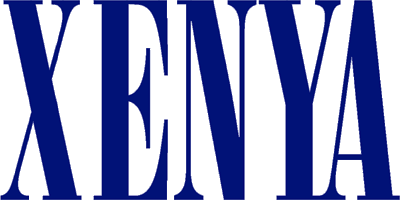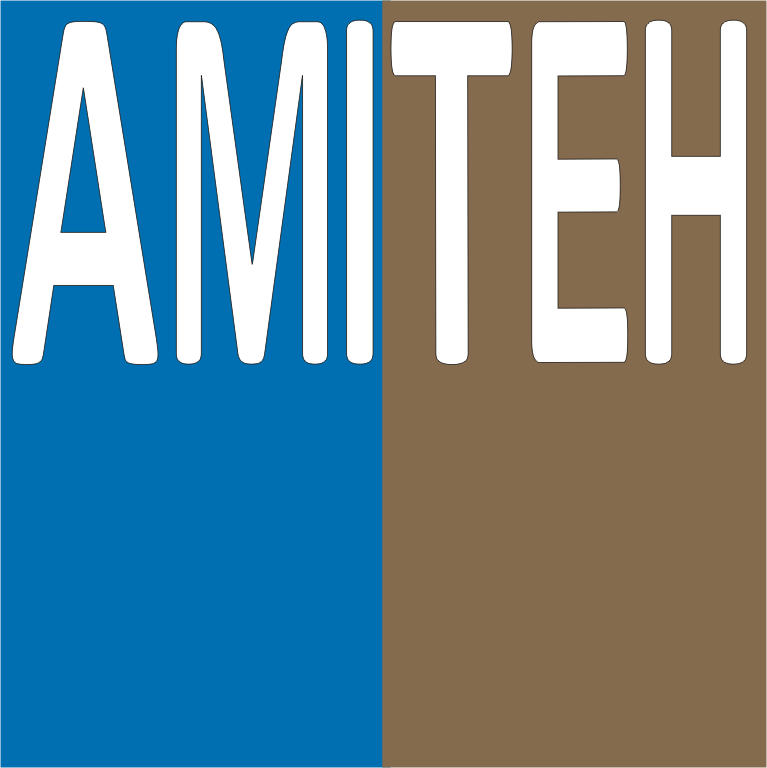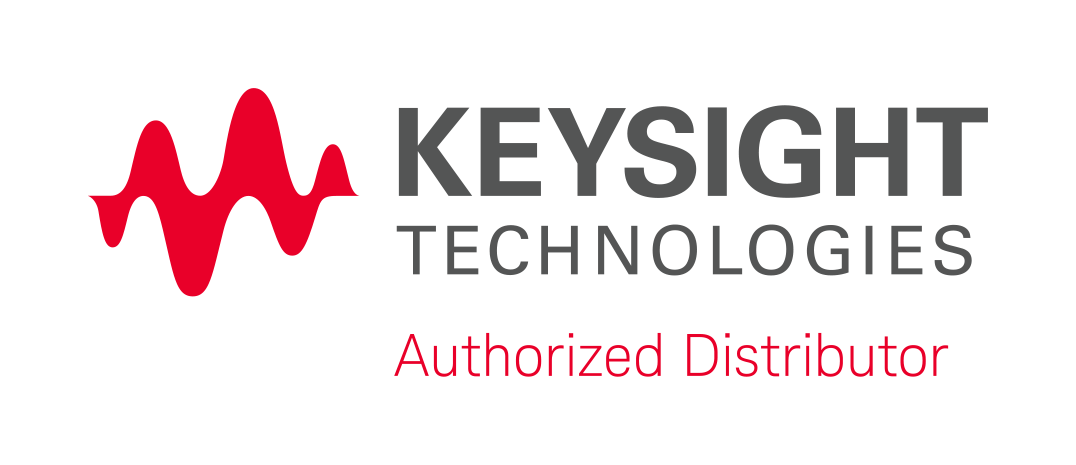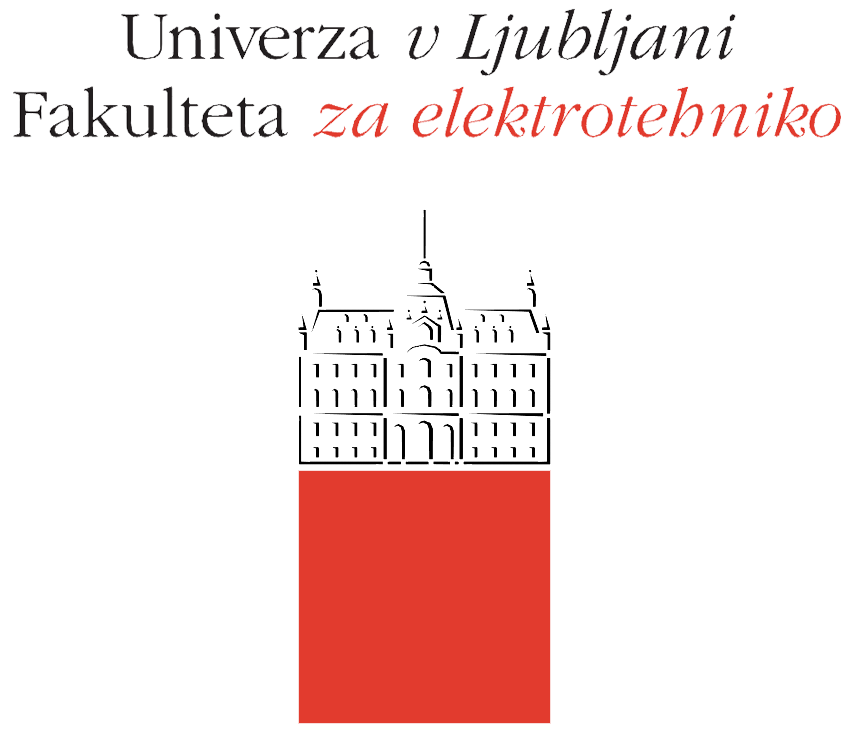|
Next Generation Access: GPON considerationEdvin Škaljo While Next Generation Network (NGN) is defined by many telecom authorities, as ITU-T and ETSI, there is no a clear definition of NG Access (NGA). If we look at the NGA as a part of whole NG Network, than all requirements of NGN must be included in NGA or NGA must be in services to achieve NGA requirements. Regarding QoS (Quality of Services), NGA must provide continuity of end-to-end QoS. Here is a strong correlation between QoS parameters and length of “last mile”. While “last mile” tends to zero, than QoS tends to the highest level, on the other hand the number of nodes becomes larger and larger. The large number of access nodes makes maintenance as more expensive and more complicated. Moreover, a new network must be introduced, this network is known as Aggregation network. "Converged services between Fixed and Mobile networks" looks as a forgotten requirement regarding access part of NGN. NGA based on DSL technologies has a big problem to provide enough bandwidth for Base stations of third and fourth generation of wireless network, nerveless that there are many new promised DSL technologies as Bounded, Vectoring, G.fast etc. Consequence of this is appearing of a complete new network in access area known as mobile backhoul. The simple substitution of DSL by fiber (FTTH) looks as a way to resolving problem of QoS and enough bandwidth. However FTTH is not the first choice of European operators because NGA must be a cost optimized solution. To find a cost optimized solution for FTTH is one of the main challenges for designers of NGA. In second part of this lecture, the role of GPON in NGN network is described. The main NGN and additional requirements are presented. Particular attention is paid to a cost optimized solution, QoS, and integration of aggregation, mobile backhaul and triple play networks by GPON. Some parameters as latency, synchronization, bandwidth capability will be described. |









